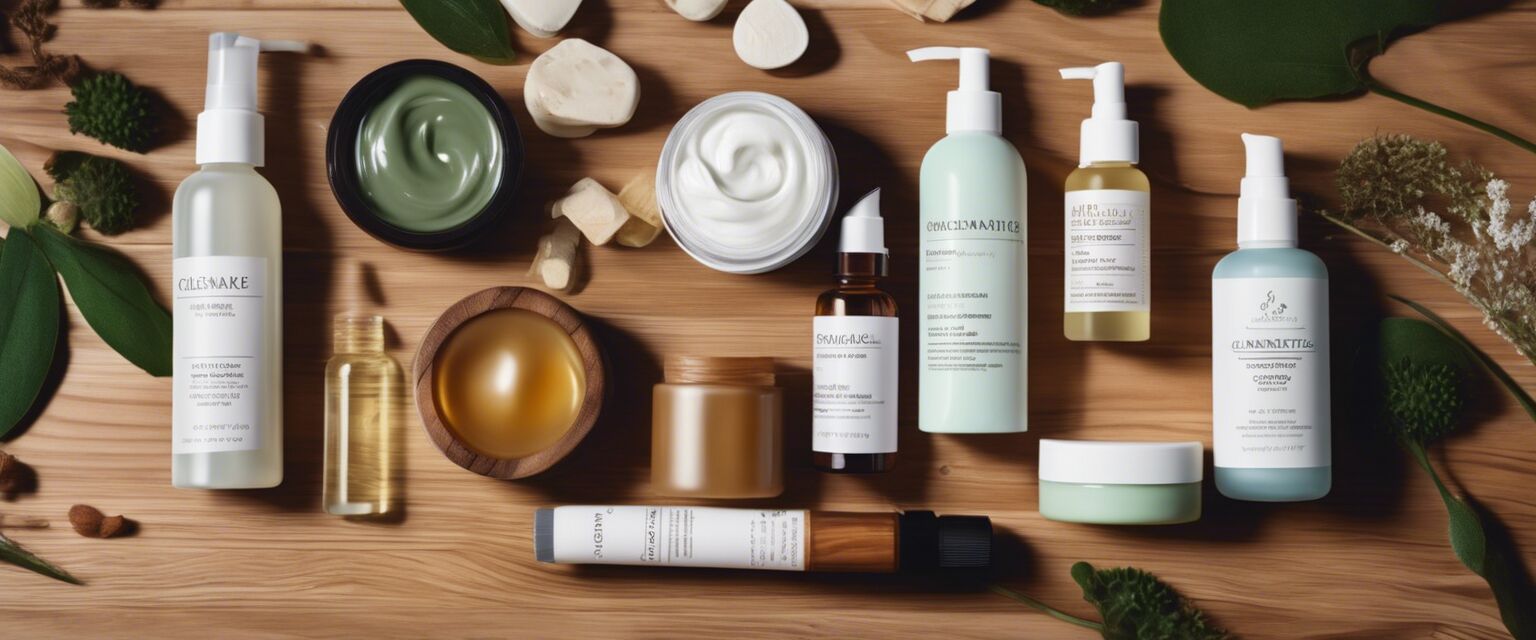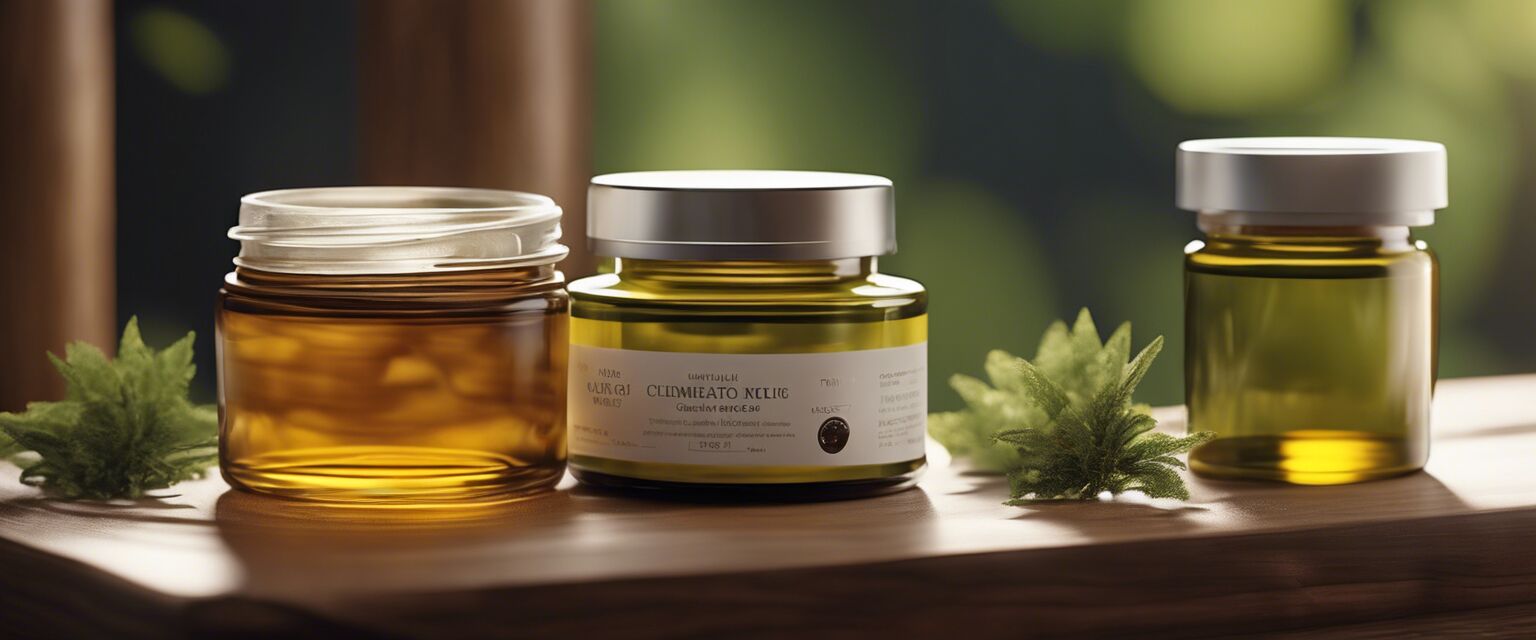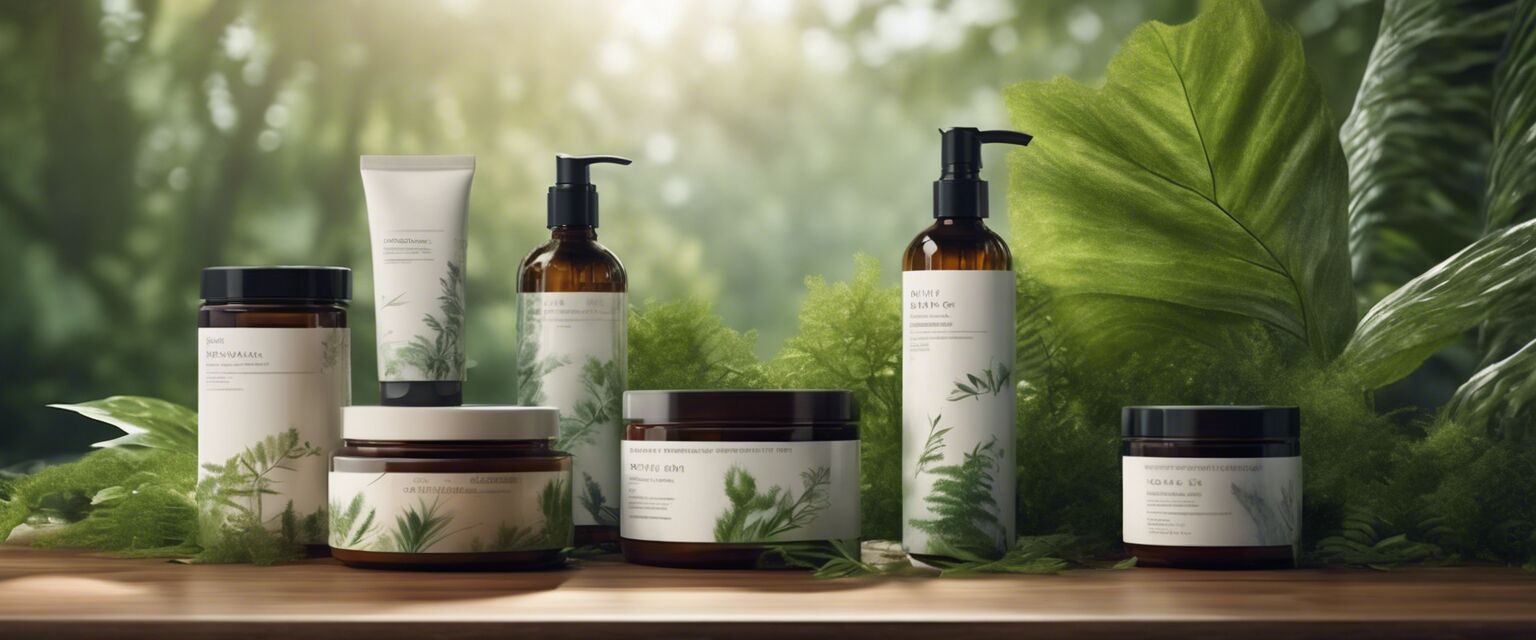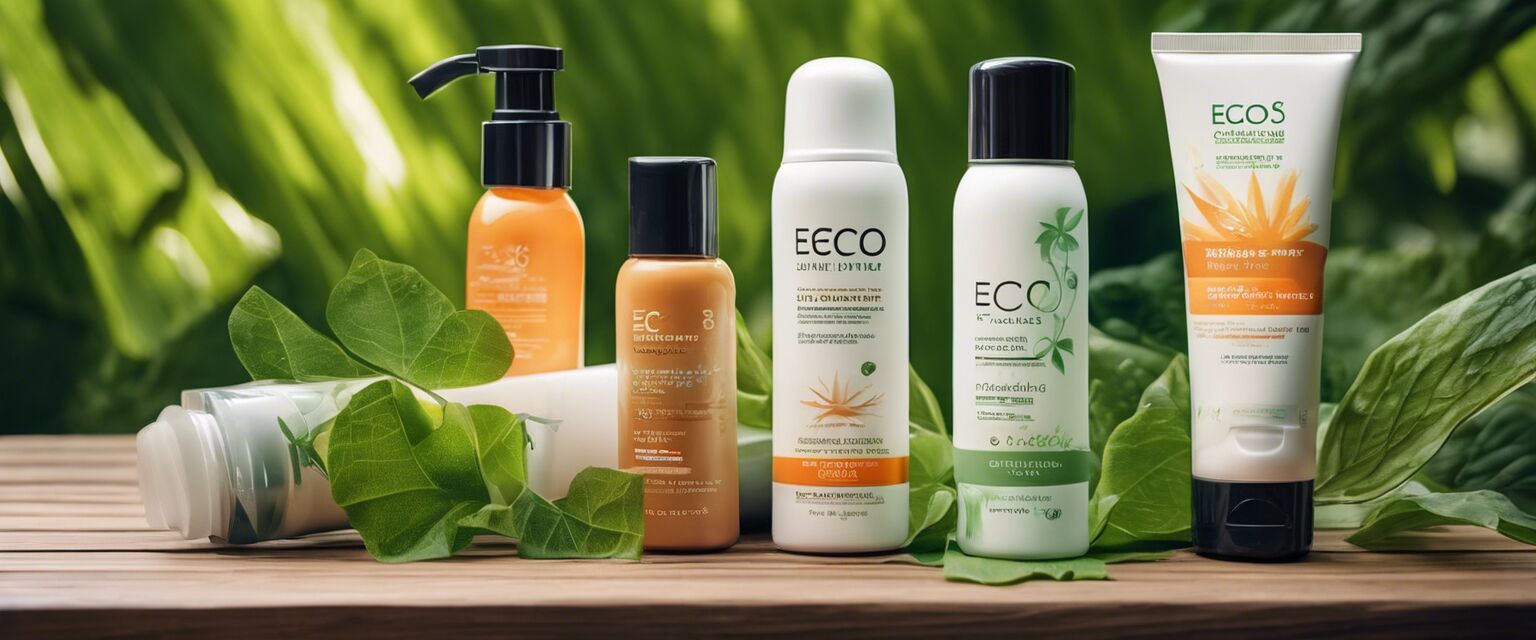
Eco-Friendly Sun Care
Key Takeaways
- Eco-friendly sun care products use natural ingredients and are less harmful to the environment.
- These products often feature mineral-based sunscreen agents, which are safer for marine life.
- Choosing eco-conscious brands supports sustainable practices in the beauty and skincare industry.
- Broad-spectrum protection from UV rays is essential, regardless of eco-friendliness.
- Look for certifications on products to ensure they meet environmental standards.
In recent years, the demand for eco-friendly sun care has surged as more individuals become conscious of their environmental footprint. Choosing the right sun care products can significantly impact our planet, especially in terms of ocean health and wildlife preservation. This article dives into the perks of eco-friendly sun care products, types available, and how to select the right sunscreen for your needs.
Benefits of Eco-Friendly Sun Care Products
Eco-friendly sun care products not only protect your skin from harmful UV rays but also have considerable environmental benefits. Here are some of the main advantages:
| Benefit | Description |
|---|---|
| Skin Safety | Made with natural ingredients that are less likely to cause skin irritation or allergic reactions. |
| Marine Protection | Free from harmful chemicals like oxybenzone and octinoxate, protecting coral reefs and marine life. |
| Natural Ingredients | Often contain plant-based oils and minerals that are beneficial for the skin. |
| Sustainable Practices | Manufactured using environmentally friendly processes that reduce carbon footprints. |
Types of Eco-Friendly Sun Care Products
When exploring eco-friendly sun care, you'll find various product types to meet different needs:
- Sunscreens - These are formulated to protect against harmful UV rays.
- Moisturizers with SPF - Combined hydration and sun protection.
- Face Masks with Sun Protection - Ideal for an additional layer of protection.
- Treatments - Often include anti-aging properties while protecting the skin.
Choosing the Right Eco-Friendly Sunscreen
Selecting an eco-friendly sunscreen requires understanding labels and ingredients. Here's what to look for:
| Factor | What to Look For |
|---|---|
| SPF Rating | Choose a broad-spectrum SPF of at least 30 for optimal protection. |
| Ingredients | Look for mineral-based ingredients like zinc oxide or titanium dioxide. |
| Certifications | Seek labels that indicate eco-friendliness, such as cruelty-free or biodegradable. |
| Packaging | Opt for brands that use recyclable or biodegradable packaging. |
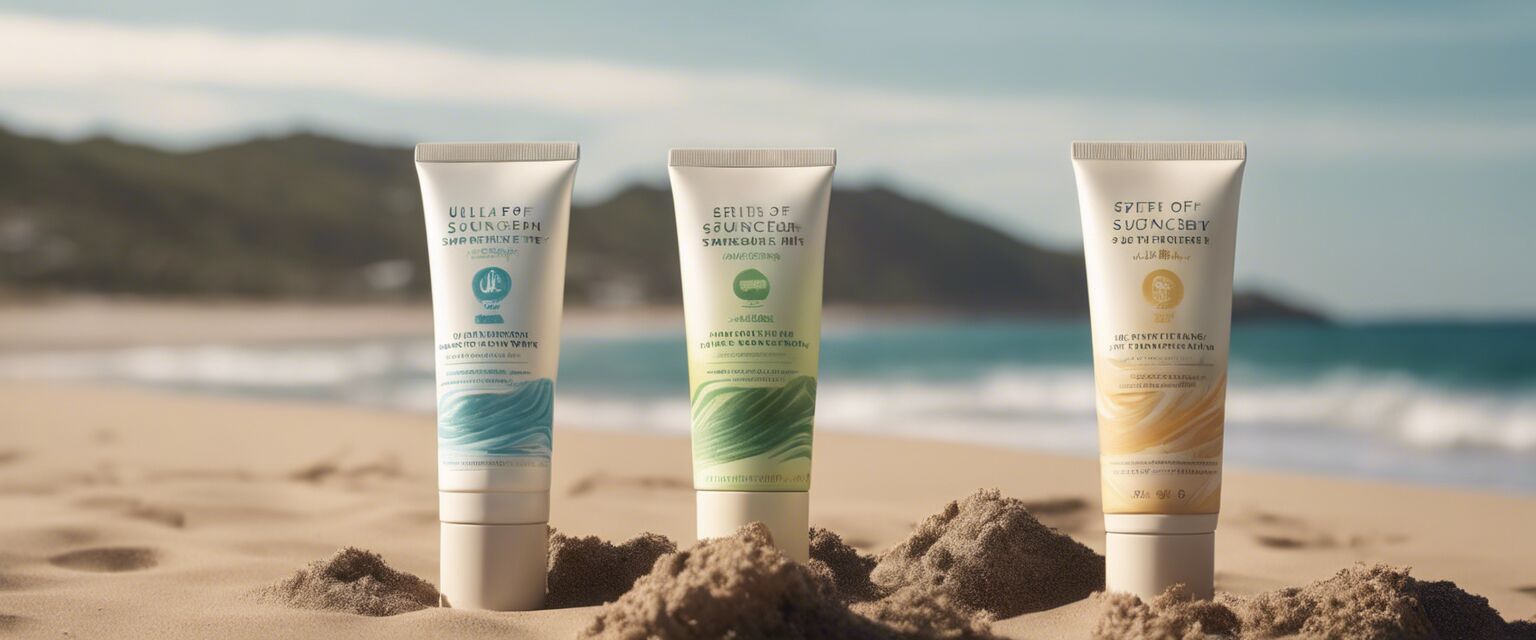
Common Ingredients in Eco-Friendly Sun Care
Understanding the ingredients in your sun care products is crucial for making informed choices. Here are some popular eco-friendly ingredients commonly found in these products:
- Zinc oxide: A mineral that provides broad-spectrum UV protection.
- Titanium dioxide: Another mineral that acts as a physical sunblock.
- Shea butter: A moisturizer that nourishes and hydrates the skin.
- Coconut oil: Offers hydration and may have anti-inflammatory properties.
- Aloe vera: Known for its soothing and calming effects on the skin.
Eco-Friendly Practices for Sun Care
Beyond the products themselves, practicing eco-friendly habits can amplify your positive impact. Here are some tips:
Tips for Eco-Friendly Sun Care Use
- Apply sunscreen generously and evenly on all exposed skin.
- Reapply every two hours, especially after swimming or sweating.
- Avoid direct sunlight during peak hours (10 AM to 4 PM).
- Use hats, sunglasses, and clothing for additional UV protection.
- Choose reef-friendly and biodegradable sunscreens to protect marine ecosystems.
Understanding the Environmental Impact
Sun care products can have a significant impact on the environment. Many traditional sunscreens contain harmful chemicals that can lead to coral bleaching and other ecosystem issues. Hereâs how eco-friendly products mitigate these effects:
| Impact Area | Traditional Sunscreen | Eco-Friendly Sunscreen |
|---|---|---|
| Coral Reefs | Contains chemicals harmful to coral health. | Formulated without harmful chemicals, protecting marine life. |
| Packaging | Often single-use plastic or non-recyclable. | Eco-friendly packaging that is recyclable or biodegradable. |
| Carbon Footprint | May involve harmful manufacturing processes. | Manufactured with sustainable practices reducing overall carbon emissions. |
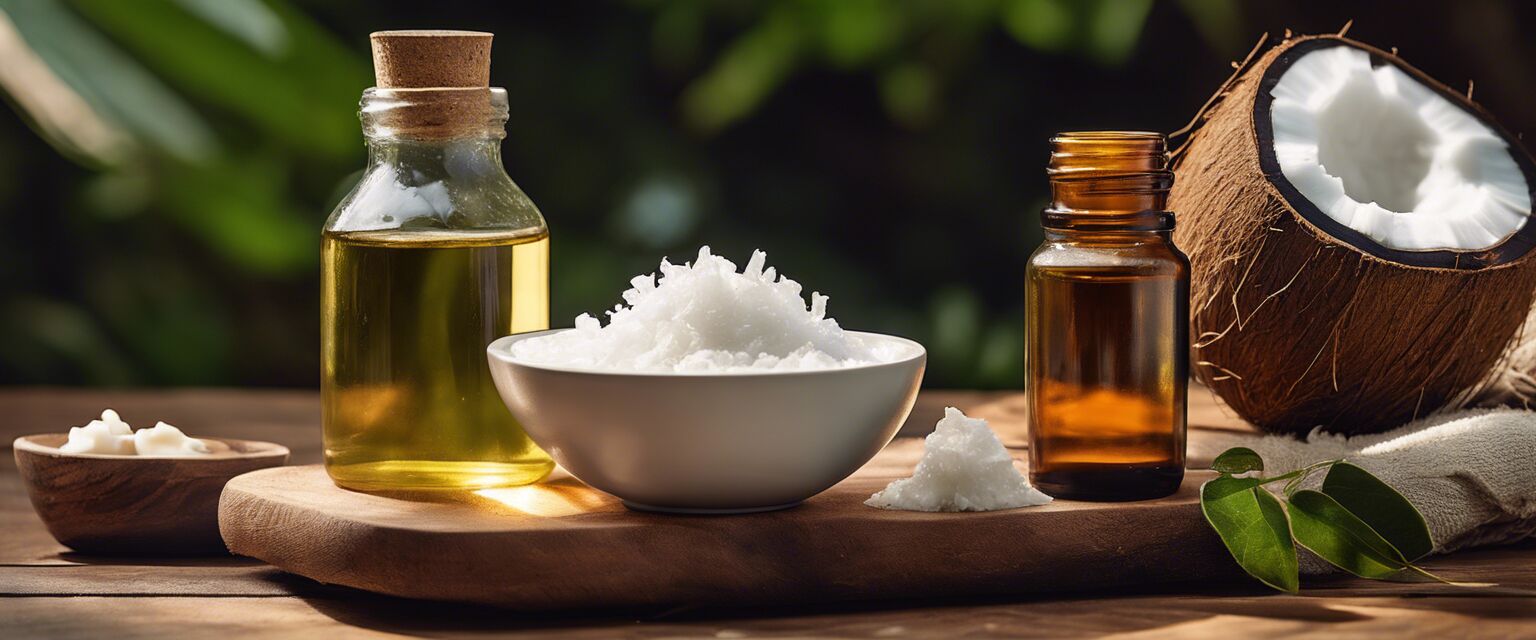
Pros
- Healthy for skin with natural ingredients.
- Better for the environment.
- Supports sustainable brands.
- Often more hydrating than traditional options.
Cons
- Higher cost than traditional sunscreens.
- Some may leave a white cast on the skin.
- Limited availability in some areas.
Conclusion
Switching to eco-friendly sun care products is not just a trendâit's a crucial step towards protecting both your skin and the environment. By selecting products that are safe for the planet and your health, you are contributing to a sustainable future. Make informed choices and embrace eco-friendly sun care methods to enjoy your time outdoors while preserving our beautiful Earth.




